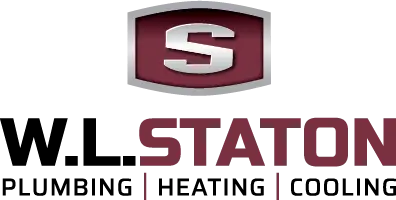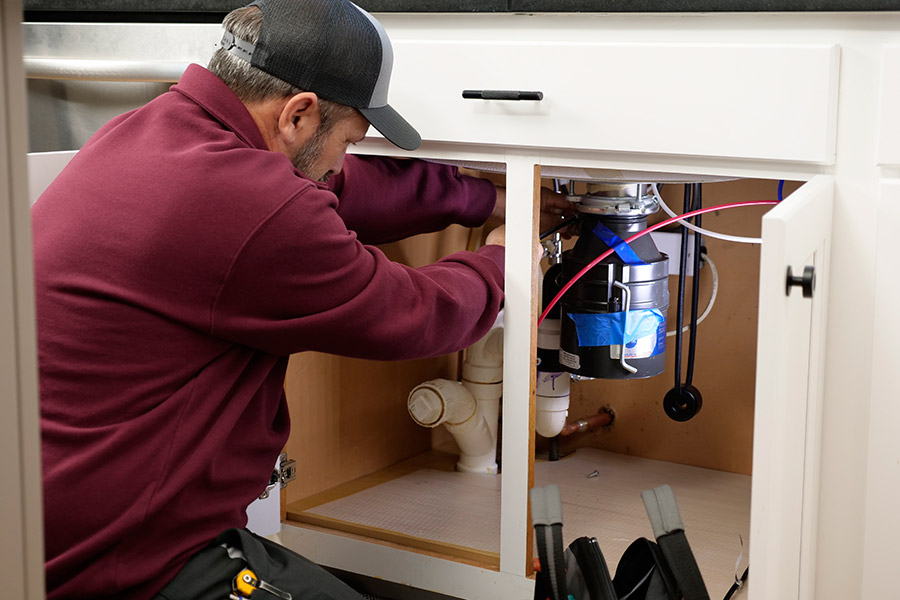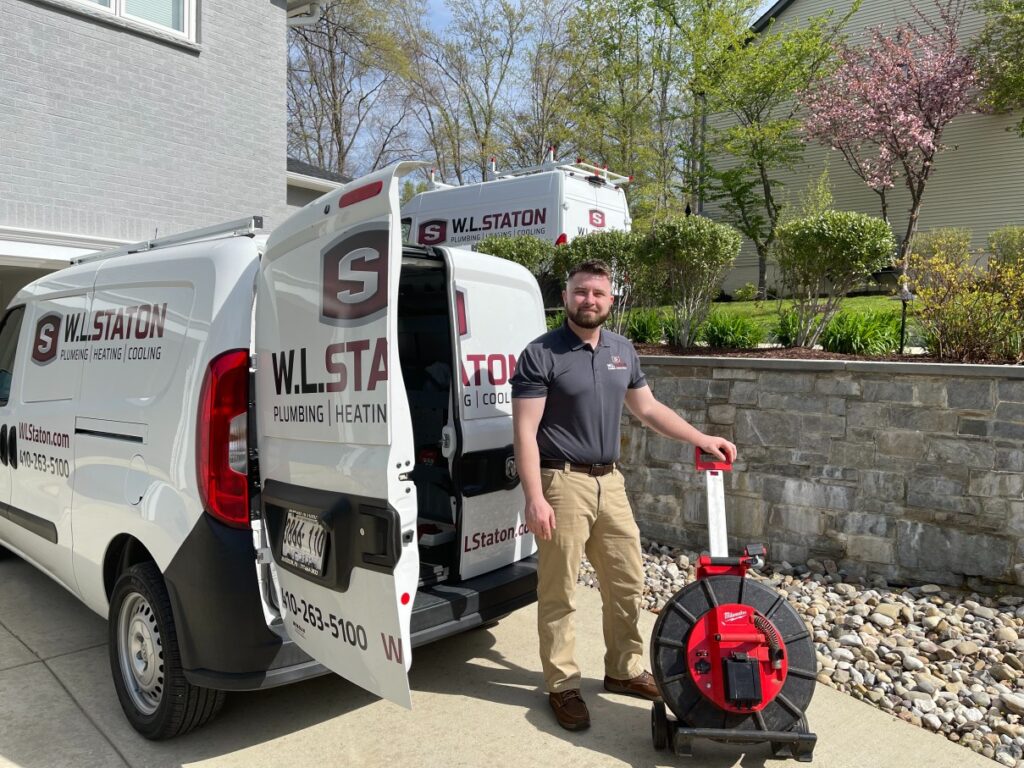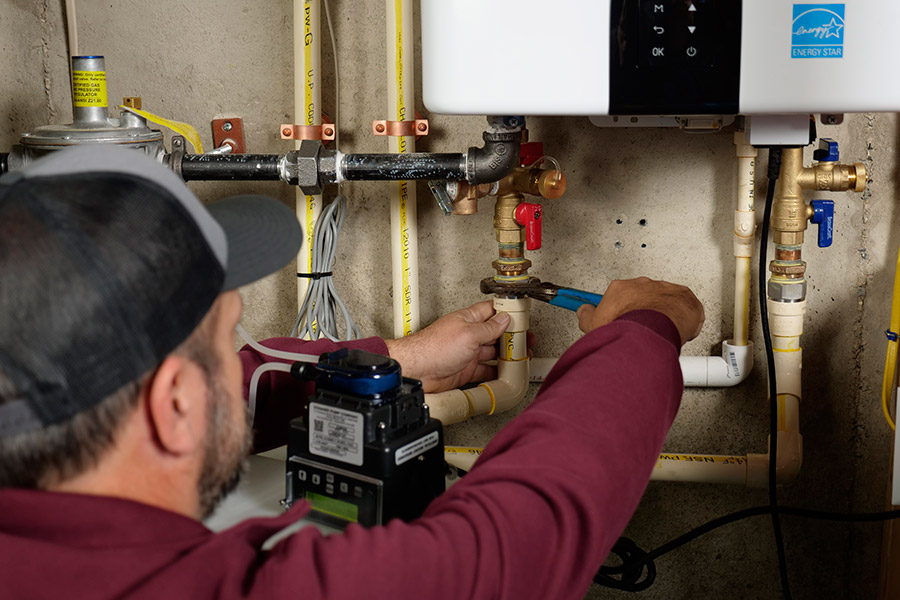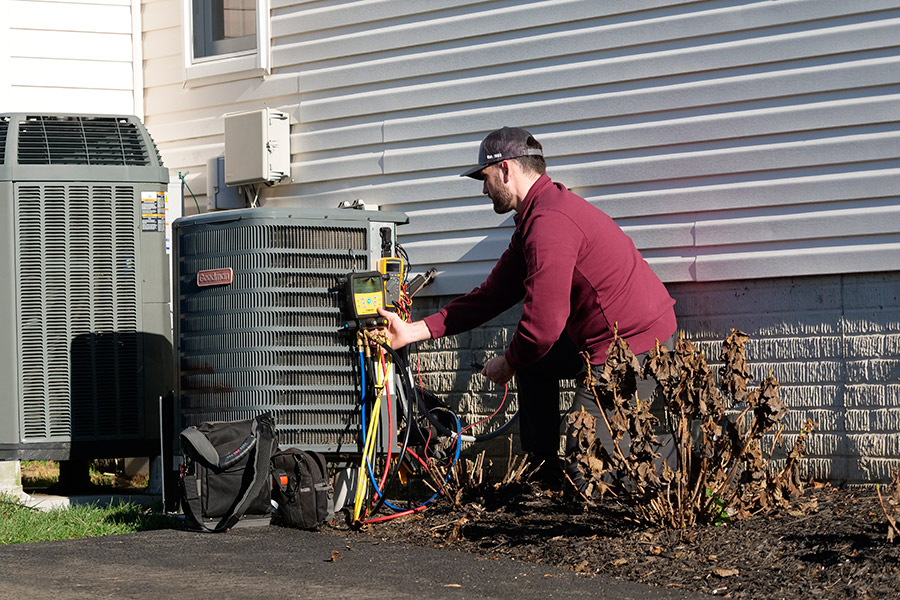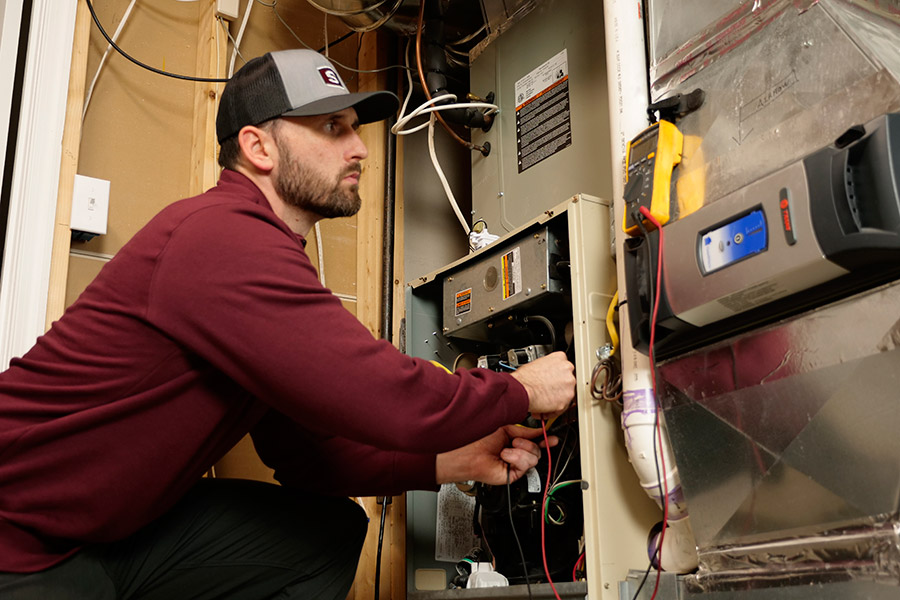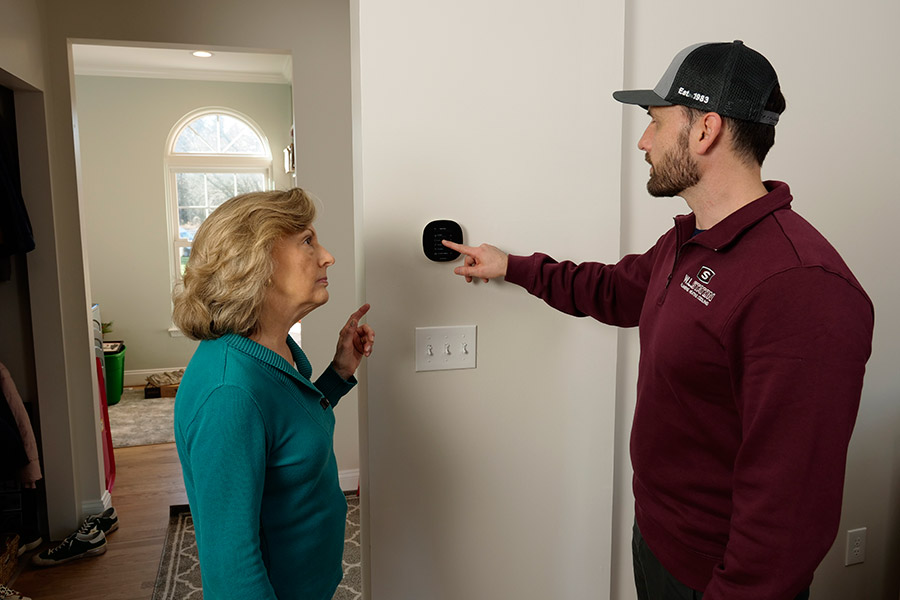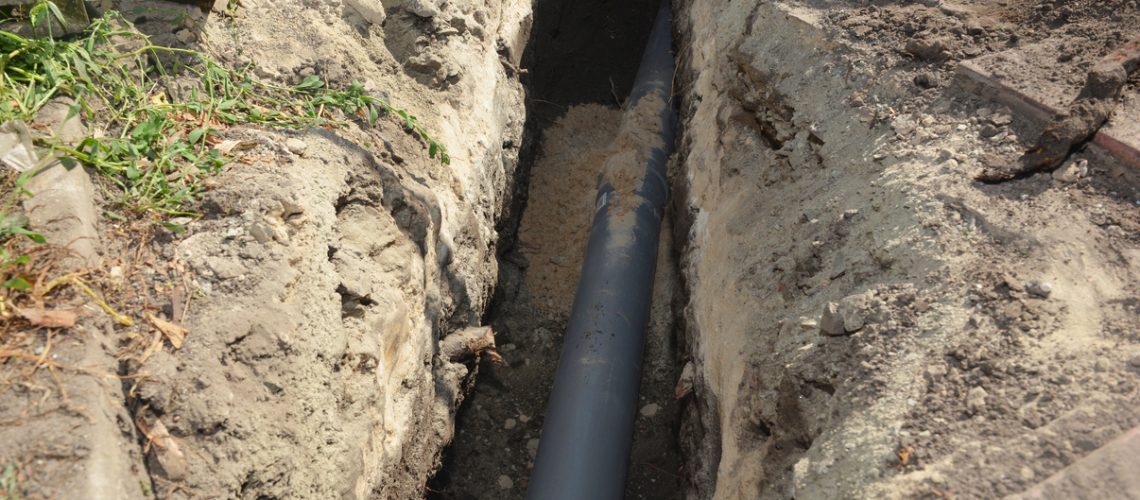A well-functioning plumbing system is essential for maintaining a clean and comfortable home. At the heart of this system lies the main sewer line, a critical component that ensures waste is efficiently carried away from your property. In this blog post, we’ll explore what a main sewer line is, how it works, common issues homeowners may face, and tips for maintaining this crucial part of your plumbing. By understanding the importance of the main sewer line, you can better appreciate its role and know when to seek professional help from experts like W.L. Staton Plumbing & Heating.
Understanding the Main Sewer Line
The main sewer line, also known as the sewer main, is the primary pipe that connects your home’s plumbing system to the municipal sewer system or a septic tank. This large-diameter pipe collects all the wastewater from your sinks, showers, toilets, and appliances, directing it away from your home. Without the main sewer line, waste would have no efficient exit route, leading to significant health and sanitation issues.
How the Main Sewer Line Works
The main sewer line typically runs underground, extending from your house to the edge of your property, where it connects to the municipal sewer or septic system. Gravity plays a crucial role in its operation, allowing wastewater to flow downhill through the main drain pipe. In some cases, a pump may be required to move the waste if your home is located at a lower elevation than the sewer main.
Inside your home, smaller pipes from various fixtures converge into larger pipes that eventually join the main line drain. This network of pipes ensures that all waste is funneled into the main sewer line, where it is then carried away from your property.
Common Issues with the Main Sewer Line
Like any part of your plumbing system, the main sewer line can encounter problems that require attention. Here are some common issues homeowners may face:
- Blockages: One of the most frequent issues is blockages caused by grease, hair, soap scum, and other debris. Tree roots can also invade the main sewer line, causing significant clogs and damage.
- Corrosion and Deterioration: Over time, the materials that make up your plumbing main line can corrode or deteriorate, leading to leaks and breaks. This is especially common in older homes with cast iron or clay pipes.
- Bellied Pipes: A section of the main sewer line can sag or “belly,” creating a low spot where waste and debris accumulate, eventually causing blockages.
- Leaks and Cracks: Shifts in the ground, temperature changes, or construction activities can cause cracks or leaks in the main sewer line, leading to wastewater escaping into the soil.
Signs of a Main Sewer Line Problem
Identifying issues with your main sewer line early can prevent costly repairs and extensive damage. Here are some signs that you may have a problem with your main sewer line:
- Slow Drains: If multiple drains in your home are slow to empty, it could indicate a blockage in the main sewer line.
- Gurgling Noises: Strange gurgling sounds from your drains or toilets may suggest air trapped in the plumbing due to a blockage.
- Sewage Backups: One of the most alarming signs is sewage backing up into your home, often in the lowest drains first, such as basement drains or first-floor toilets.
- Lush Patches in the Yard: Unusually green or lush patches of grass in your yard could indicate a leak in the main sewer line, where wastewater is nourishing the soil.
Maintaining Your Main Sewer Line
Regular maintenance can help prevent many of the common issues associated with the main sewer line. Here are some tips to keep your plumbing main line in good condition:
- Avoid Flushing Non-Flushable Items: Only flush human waste and toilet paper. Avoid flushing items like wipes, feminine hygiene products, and paper towels, which can cause blockages.
- Proper Grease Disposal: Never pour grease down the drain. Instead, dispose of it in a container and throw it away with your regular trash.
- Regular Inspections: Schedule regular plumbing inspections to catch potential problems early. A professional plumber can use video cameras to inspect the inside of your main sewer line.
- Tree Root Management: If you have trees near your main sewer line, consider a root barrier or regular root cutting to prevent roots from invading your pipes.
- Routine Cleaning: Professional cleaning of your main sewer line every few years can remove buildup and prevent blockages.
When to Call a Professional
While some minor plumbing issues can be handled with DIY solutions, problems with the main sewer line require professional attention. If you notice any of the signs mentioned above or suspect an issue with your sewer main, it’s crucial to contact a licensed plumber. Attempting to fix main sewer line problems without proper knowledge and tools can lead to more significant damage and costly repairs.
Conclusion
Understanding the main sewer line’s role and maintaining it properly is vital for the health and efficiency of your home’s plumbing system. Regular maintenance and early detection of issues can save you from costly repairs and ensure your plumbing functions smoothly. If you encounter any problems with your main sewer line, don’t hesitate to contact W.L. Staton. Our experienced team is here to handle all your HVAC and plumbing needs, providing reliable and professional service to keep your home comfortable and safe.
